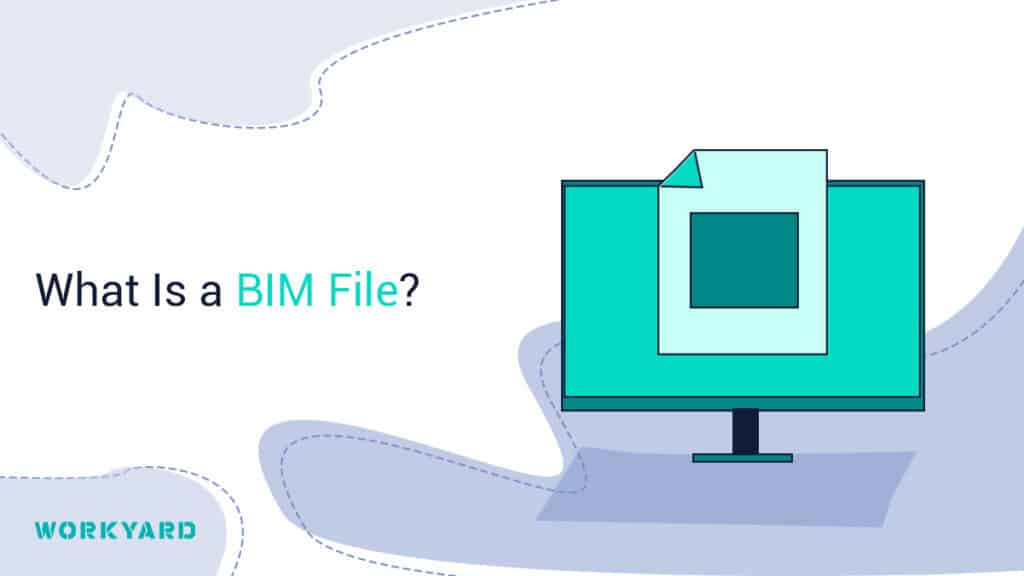At its core, a BIM file serves as a comprehensive database, housing details about a building’s design, materials, and specifications. It goes beyond a simple 3D model by incorporating valuable information that can be utilized throughout the project’s lifecycle. This includes architectural and structural details, as well as cost estimates, schedules, and maintenance instructions.
The BIM file format supports seamless collaboration among project stakeholders such as architects, engineers, contractors, and facility managers. Team members can access and contribute to the file, ensuring accurate and up-to-date information is available to all parties involved.
There are many advantages to using a BIM file in construction projects:
- It promotes effective communication and coordination among project teams by providing a shared platform for information exchange, eliminating the need for manual documentation.
- The BIM file identifies potential conflicts or interferences between building elements early in the design phase, which can help prevent costly errors during construction.
- The BIM file acts as a valuable resource for construction scheduling and sequencing. Project managers can use it for cost estimation, procurement planning, and construction timeline optimization.
- During construction, the BIM file serves as a reference tool, guiding contractors and subcontractors with accurate information about installations, finishes, and structural elements. It enhances on-site productivity and reduces discrepancies between the design and actual construction.
- Beyond the construction phase, the BIM file can help with facility management. It provides a comprehensive record of the building’s components, streamlining maintenance and future renovations, helping to reduce costs down the line.
A BIM file’s ability to centralize information, enhance coordination, and facilitate informed decision-making makes it an incredibly useful tool in modern construction projects.

